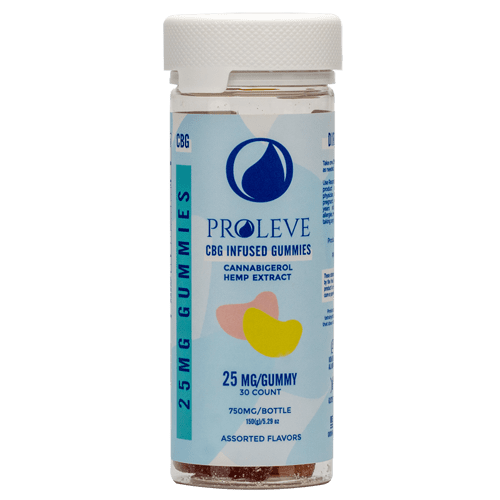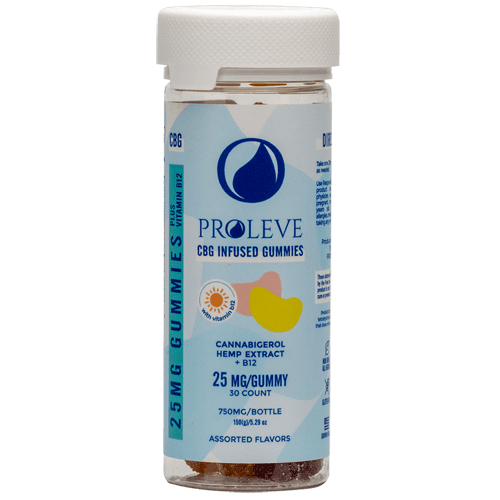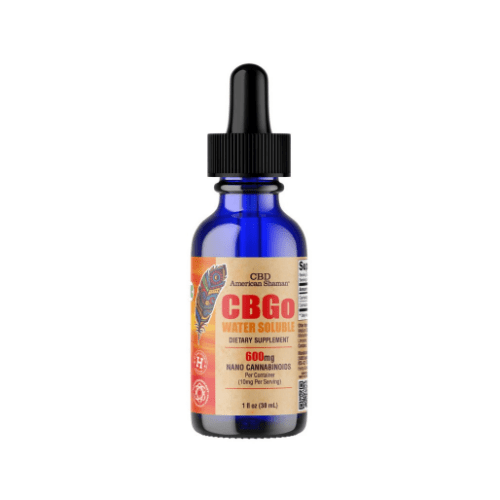Understanding CBG: The Cannabinoid You Need to Know
Cannabigerol, commonly referred to as CBG, is gaining recognition in the world of cannabinoids for its potential health benefits and unique properties. Often dubbed the “mother of all cannabinoids,” CBG is a non-psychoactive compound found in cannabis plants. While it has historically been overshadowed by its more famous counterparts, THC and CBD, CBG is now emerging as a vital player in the cannabis industry. This article will delve into what CBG is, its potential benefits, how it differs from other cannabinoids, and its applications in various products.
What is CBG?
CBG is one of over 100 cannabinoids identified in the cannabis plant. It is synthesized from cannabigerolic acid (CBGA), which is the precursor to both THC and CBD. As the cannabis plant matures, CBGA is converted into various cannabinoids, including THC and CBD, through a process called decarboxylation. However, CBG is often present in much lower concentrations compared to THC and CBD, making it a rarer cannabinoid. Typically, CBG levels range from 1% to 2% in most cannabis strains, but certain strains have been bred specifically to contain higher levels of CBG.
The Potential Benefits of CBG
1. Anti-Inflammatory Properties
One of the most promising benefits of CBG is its potential anti-inflammatory properties. Research has suggested that CBG may help reduce inflammation in the body, which could be beneficial for conditions such as arthritis, inflammatory bowel disease, and other inflammatory disorders. By interacting with the endocannabinoid system (ECS), CBG may help regulate inflammation and promote overall homeostasis.
2. Neuroprotective Effects
CBG has shown potential as a neuroprotective agent, which means it may help protect brain cells from damage and degeneration. Preliminary studies indicate that CBG may be effective in reducing the progression of neurodegenerative diseases such as Huntington’s disease and multiple sclerosis. By promoting the survival of neurons and reducing oxidative stress, CBG may play a crucial role in maintaining cognitive function.
3. Antibacterial Properties
Another area of interest is CBG’s antibacterial properties. Some studies have shown that CBG can effectively combat certain strains of bacteria, including MRSA (methicillin-resistant Staphylococcus aureus). This makes CBG a potential candidate for developing new antibacterial therapies, especially in an age where antibiotic resistance is a growing concern.
4. Appetite Stimulation
Research suggests that CBG may have an appetite-stimulating effect, making it a potential therapeutic option for individuals dealing with appetite loss due to medical conditions or treatments like chemotherapy. Unlike THC, which is known for its pronounced appetite-enhancing effects, CBG may offer a more subtle approach to stimulating hunger without the psychoactive side effects.
5. Potential Cancer-Fighting Properties
Emerging studies indicate that CBG may have potential anti-cancer properties. Research has shown that CBG may inhibit the growth of cancer cells, particularly in colorectal cancer. While more studies are needed to fully understand the mechanisms involved, the initial findings are promising and warrant further investigation.
How CBG Differs from Other Cannabinoids
1. Psychoactive vs. Non-Psychoactive
Unlike THC, which is psychoactive and responsible for the “high” associated with cannabis, CBG is non-psychoactive. This means that consumers can benefit from CBG without experiencing the intoxicating effects that come with THC. This makes CBG an attractive option for individuals seeking the therapeutic benefits of cannabis without the impairment.
2. Unique Therapeutic Properties
While both CBG and CBD offer various potential health benefits, they interact with the body’s endocannabinoid system differently. CBD primarily works by inhibiting the reuptake of anandamide, a neurotransmitter involved in regulating mood and pain. In contrast, CBG interacts with both CB1 and CB2 receptors in the ECS, suggesting that it may have a broader range of effects.
3. Rare Availability
CBG is often referred to as the “mother cannabinoid” because it serves as the precursor to other cannabinoids. However, it is typically found in lower concentrations in most cannabis strains. In contrast, THC and CBD are more abundant and widely recognized, making them more accessible in various cannabis products.
How CBG is Extracted and Used
1. Extraction Methods
CBG can be extracted from cannabis plants through various methods, including solvent extraction, CO2 extraction, and steam distillation. The choice of extraction method can impact the purity and quality of the final product. CO2 extraction is often preferred for its ability to produce high-quality extracts without leaving harmful residues.
2. CBG Products
With the growing interest in CBG, a variety of products are now available on the market. These include:
- CBG Oils: CBG oil is a popular option for those seeking the benefits of CBG in a concentrated form. These oils can be taken sublingually for quick absorption.
- CBG Gummies: For those who prefer a tasty and convenient option, CBG-infused gummies are available. They offer a discreet way to consume CBG while providing the potential health benefits.
- CBG Topicals: Creams and balms infused with CBG can be applied directly to the skin, potentially providing localized relief for conditions like inflammation and pain.
- CBG Capsules: Capsules are another way to consume CBG, offering a consistent dose and easy ingestion.
The Future of CBG
As research continues to uncover the potential benefits of CBG, it is likely that interest in this cannabinoid will only grow. The cannabis industry is evolving rapidly, and with it comes the development of new products and formulations that harness the power of CBG. Additionally, as consumers become more knowledgeable about cannabinoids, the demand for CBG-rich products is expected to rise.
1. Research and Development
Ongoing studies will play a crucial role in determining the full range of benefits and applications for CBG. As researchers continue to explore its effects on various health conditions, it may lead to the development of targeted therapies that incorporate CBG as a key ingredient.
2. Education and Awareness
As more consumers become aware of CBG and its potential benefits, education will be essential. Brands that prioritize transparency and provide clear information about their CBG products will likely gain a competitive advantage in the market. Educating consumers about the differences between cannabinoids and their respective benefits can help individuals make informed choices regarding their wellness routines.
3. Legal Considerations
The legal landscape surrounding cannabinoids continues to evolve. While CBG is non-psychoactive and considered legal in many jurisdictions, regulations can vary. It’s essential for consumers to stay informed about local laws regarding the purchase and use of CBG products.
Conclusion
CBG is an exciting cannabinoid that is quickly gaining attention for its potential therapeutic benefits. With its non-psychoactive nature and unique properties, CBG offers a promising alternative for those seeking relief from various health conditions. As research progresses and consumer interest grows, we can expect to see a wider range of CBG products on the market, further solidifying its place in the cannabis landscape. Whether you’re exploring CBG for its anti-inflammatory properties, potential neuroprotective effects, or other benefits, this cannabinoid is certainly one to watch as the cannabis industry continues to evolve.
End of content
End of content



